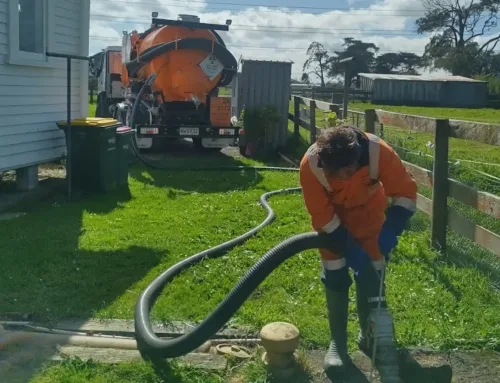Not known Incorrect Statements About Reclaim Waste
Not known Incorrect Statements About Reclaim Waste
Blog Article
More About Reclaim Waste
Table of ContentsReclaim Waste Fundamentals ExplainedThe Ultimate Guide To Reclaim WasteThe Main Principles Of Reclaim Waste Some Known Details About Reclaim Waste The Of Reclaim Waste
Check out the types, events, and forms of fluid waste. Domestic sewer waste refers to the waste and items from a residential sewage-disposal tank. This sort of waste is developed by humans in homes, schools, and other structures. This only includes septic tanks that have a drain field. The correct administration and disposal of domestic sewer waste require fluid waste to be transferred to a sewer treatment plant where the appropriate approaches and equipment are related to cleanse and deal with waste.
Commercial waste frequently consists of prospective hazards, such as combustible products or a combination of liquid and solid waste items, and calls for a much more sophisticated and detailed disposal process. The disposal of industrial waste generally includes the purification of waste prior to transportation to make sure secure and proper disposal. Industrial waste is produced from by-products and drainage of commercial processes and production.
This kind of waste can not utilize the very same sewage administration transportation or processes as septic or commercial liquids. The hazardous waste management process needs the inspection and screening of fluid waste prior to it undergoes the disposal process (industrial wastewater treatment). Runoff waste is the liquid waste that originates from overflow and excess stormwater in extremely inhabited areas or cities
Runoff waste can trigger contamination and flooding if not taken care of appropriately. Making sure correct waste monitoring can prevent calamities and lower ecological harm.
5 Simple Techniques For Reclaim Waste
Contact PROS Solutions today to discover our waste monitoring and disposal services and the appropriate ways to take care of the fluid waste you produce.
(https://reclaimwaste1.carrd.co/)
Do you recognize what occurs to your water when you disengage, flush the commode or drain pipes the washing equipment? No? Well, it's worth knowing. This supposed 'wastewater' is not only a crucial resource but, after therapy, will certainly be launched to our land, rivers or the ocean. Made use of water from bathrooms, showers, bathrooms, kitchen area sinks, laundries and commercial processes is called wastewater.

water used to cool equipment or clean plant and devices). Stormwater, a form of wastewater, is overflow that moves from farming redirected here and urban locations such as roofings, parks, yards, roads, courses and seamless gutters right into stormwater drains, after rain. Stormwater streams neglected straight to local creeks or rivers, ultimately getting to the ocean.
What Does Reclaim Waste Do?
In Queensland, many wastewater is treated at sewer therapy plants. Wastewater is carried from residential or industrial websites with a system of drains and pump terminals, known as sewerage reticulation, to a sewage therapy plant. Neighborhood federal governments construct, maintain and operate most sewer therapy plants. Operators are accredited under the Environmental Management Act 1994 to release treated wastewater at an acceptable environmental standard right into rivers.
The Division of Natural Resources advises city governments concerning handling, operating and preserving sewerage systems and therapy plants. In unsewered locations, neighborhood federal governments may require homeowners to install specific or family sewer therapy systems to deal with domestic wastewater from commodes, kitchen areas, bathrooms and washings. The Department of Natural Resources authorises making use of household systems when they are verified to be reliable.
In some new class, treatment of some stormwater to get rid of litter, sand and gravel has started utilizing gross toxin traps. Wastewater treatment occurs in 4 stages: Removes solid matter.
Wastewater after that streams into big tanks where solids work out and are eliminated as sludge. Grease and residue are skimmed from the surface. Utilizes little living organisms called micro-organisms to damage down and eliminate continuing to be liquified wastes and fine bits. Micro-organisms and wastes are included in the sludge. Removes nitrogen and phosphorus nutrients that could trigger algal blossoms in our waterways and intimidate aquatic life.
Reclaim Waste Can Be Fun For Anyone
Nutrient elimination is not offered at all sewage therapy plants because it needs costly specialist devices. Clear fluid effluent generated after therapy may still include disease-causing micro-organisms - liquid waste disposal melbourne.

Many wastewater moves into the sewage system. Under the Act, local governments provide authorizations and licences for eco appropriate tasks (ERAs) entailing wastewater releases that may have a neighborhood effect.
Fascination About Reclaim Waste
Tracking supplies accurate info concerning water top quality and can confirm that licence conditions are being met. The information acquired through tracking provides the basis for making water quality choices.
Report this page